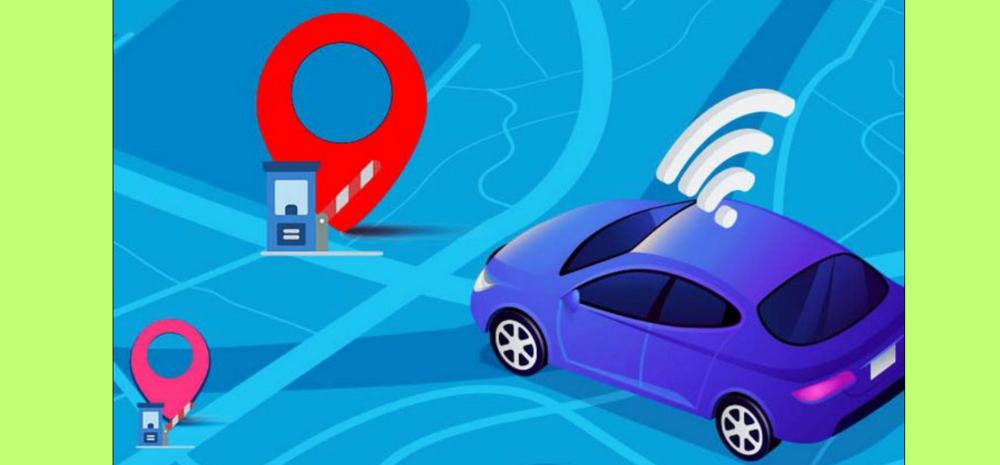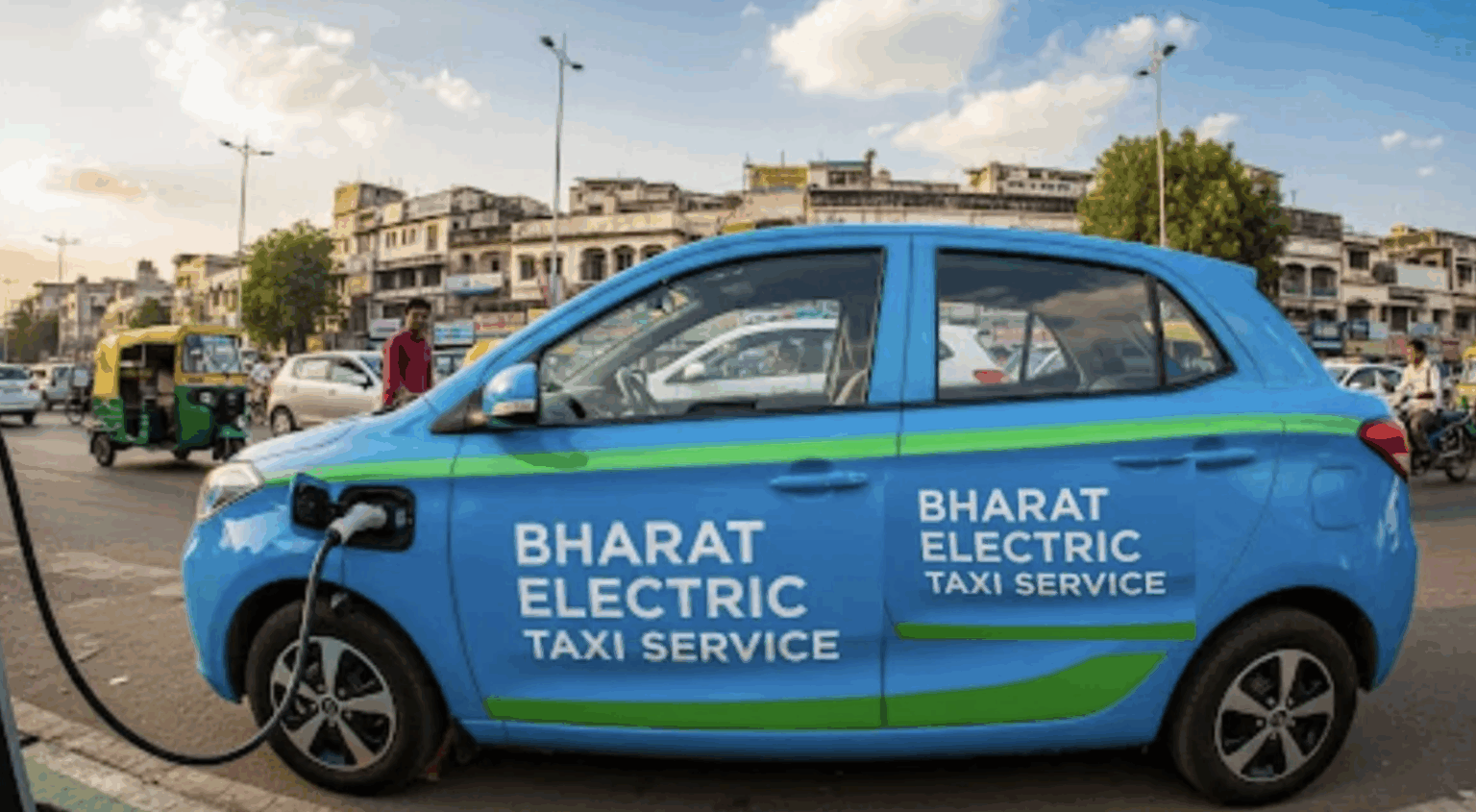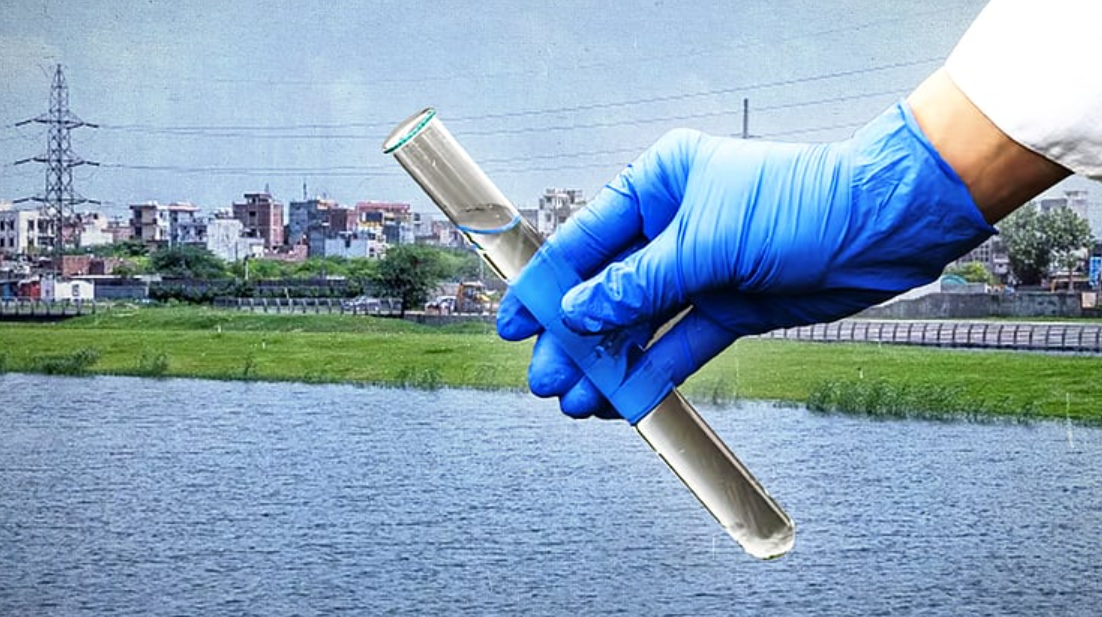The Transport Ministry has revealed plans targeting swift rollout of satellite-based tolling technology for national highways before the general election code restricting formal announcements arrives – likely March first week. It intends replacing existing radio-frequency FASTags enabling automated distance-based levies and barrier free transit eventually.

Featuring connected on-board GPS transponders calculating toll dynamically, the radical shift promises congestion elimination through seamless mobility minus intermittent halts across sprawling expressway networks. Some stretches have already undergone operational trials.
Mileage-Based Billing Replaces Fixed Charging
As per the Minister, the space-based solution will capture registration plate photographs automatically before matching against geo-fenced highway coordinates and pre-linked wallets for exact distance-based deductions. This contrasts fixed FASTag deductions currently at entry/exit presently capped around 98% adoption.
However, officials indicate conceptualization around linking satellites, vehicles and highways still remains under finalization across agencies like NHAI. Amendment in supporting rules and laws governing user charging also remain underway promising a tighter rollout schedule than tech stability suggests.
On-Board Devices Still Complex, Costly
Industry players argue that mandating on-board GPS gadgets adds to consumer costs significantly versus inexpensive FASTags, jeopardizing voluntary assimilations in price-sensitive markets like India. They instead advocate optimizing existing tech first before migrating directly from 2022’s IoT tolling revolution.
Critics also feel systemic migration issues mirror issues plaguing lagging electronic traffic challan efficiency still where detection versus actual receipts ratios remain dismal from poor integration after half a decade still. Hence execution uncertainties loom amidst ambitious poll-time targets.












